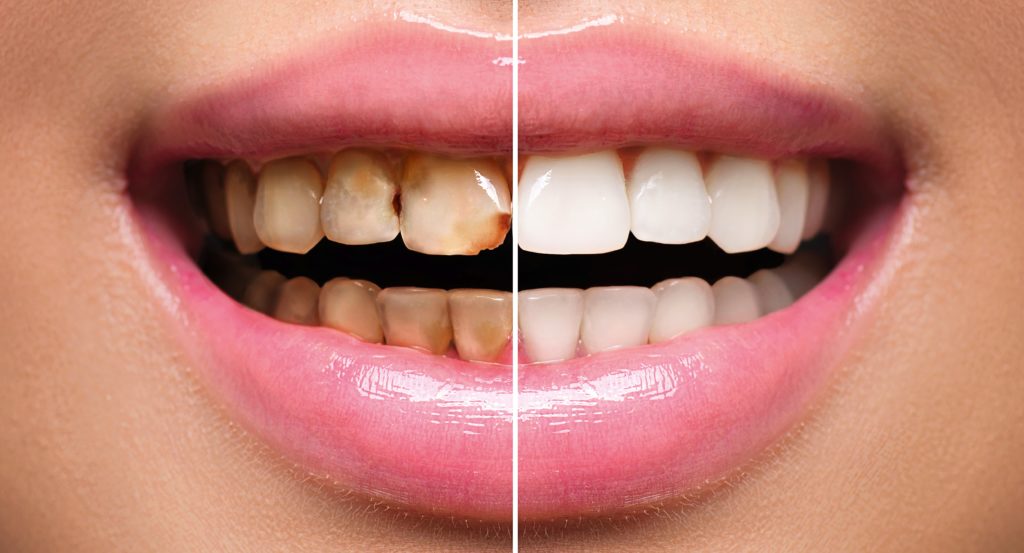Restorative Dentistry: Fixing Your Teeth
Restorative dentistry is a branch of dental care that focuses on repairing and restoring damaged, decayed, or missing teeth. Whether it’s due to aging, injury, or oral diseases like gum disease or tooth decay, restorative dentistry provides a variety of treatments to restore both the function and aesthetics of your smile. If you’re looking for solutions to improve the health of your teeth, restorative dentistry can provide the right treatments to address your needs.
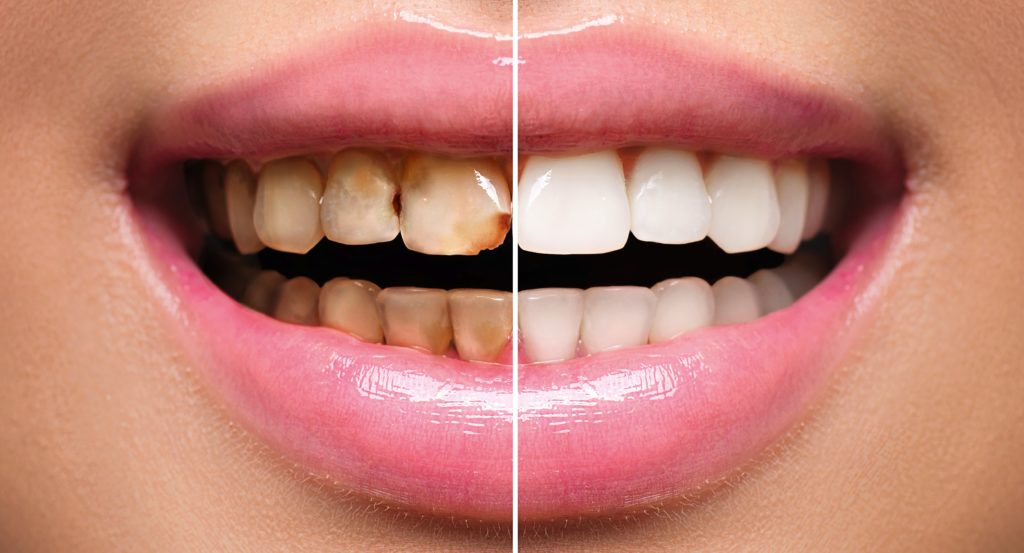
What is Restorative Dentistry?
Restorative dentistry involves the diagnosis, treatment, and rehabilitation of teeth that are damaged, decayed, or missing. The goal of restorative treatments is not only to improve the function of your teeth but also to enhance the aesthetic appearance of your smile. With a combination of modern techniques and high-quality materials, restorative dentistry offers a variety of options tailored to each patient’s needs.
Some of the most common restorative procedures include:
- Fillings: To treat cavities caused by tooth decay.
- Crowns: To cover and restore a damaged or weakened tooth.
- Bridges: To replace missing teeth by connecting a false tooth to adjacent teeth.
- Dentures: To replace several missing teeth with removable appliances.
- Implants: To replace missing teeth permanently with artificial roots.
- Root Canals: To save a tooth that is severely infected or damaged.
These procedures are designed to restore your ability to chew, speak, and smile with confidence.
Common Types of Restorative Dentistry Procedures
1. Fillings
A filling is one of the most common dental procedures, designed to treat cavities. When a tooth has a cavity caused by decay, the decayed portion is removed, and the space is filled with a material such as composite resin, amalgam, or ceramic. Composite resin fillings are particularly popular because they blend seamlessly with natural teeth.
- Composite fillings are tooth-colored and provide a natural, aesthetic result.
- Amalgam fillings are durable and long-lasting, but they are silver in color, making them less aesthetically pleasing.
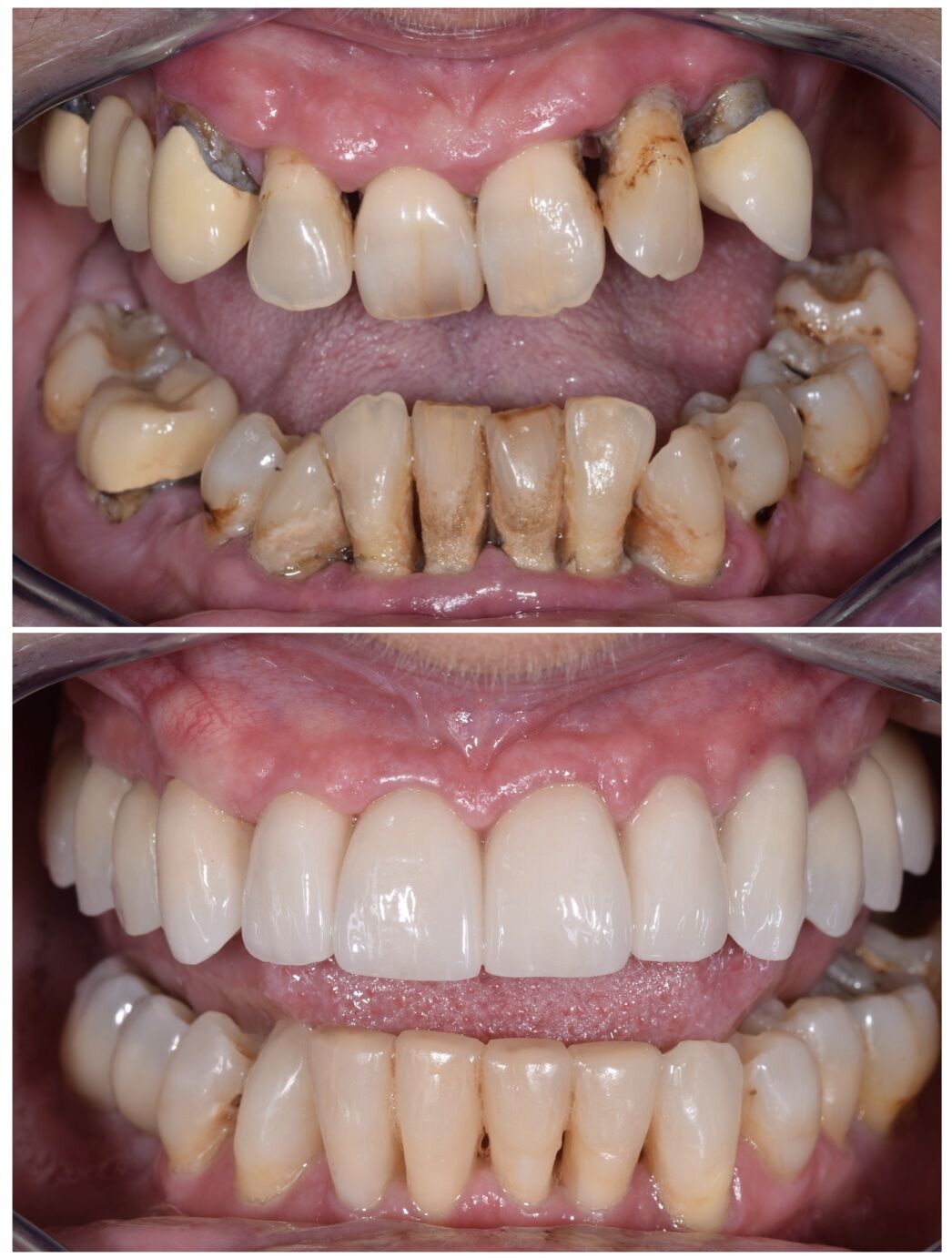
2. Crowns
When a tooth is severely damaged or decayed, a dental crown may be necessary to restore its shape, strength, and appearance. A crown is a cap placed over a damaged tooth, protecting it from further damage while improving its functionality.
Crowns are made from a variety of materials, including:
- Porcelain: A highly aesthetic option that closely mimics the look of natural teeth.
- Ceramic: A durable material often used for back teeth where appearance is less of a concern.
- Metal: An extremely durable material, often used for teeth that are out of sight.
3. Bridges
A dental bridge is used to fill the gap left by a missing tooth. A bridge consists of one or more artificial teeth, which are anchored in place by crowns that cover the adjacent healthy teeth. This is a great option for people who are missing one or more teeth but don’t want to resort to dentures.
- Traditional bridges are the most common type, where crowns are placed on the adjacent teeth to hold the bridge in place.
- Cantilever bridges are used when there is only one tooth next to the gap.
- Maryland bridges use a framework of metal or porcelain to support the artificial teeth.
4. Dentures
Dentures are removable appliances used to replace missing teeth. They can be complete (replacing all teeth in a row) or partial (replacing several missing teeth). Dentures are custom-made to fit comfortably in the mouth and restore the ability to speak and chew.
- Full dentures replace all the teeth in a dental arch and are ideal for those who have lost most or all of their teeth.
- Partial dentures replace a few missing teeth and are anchored to nearby healthy teeth.
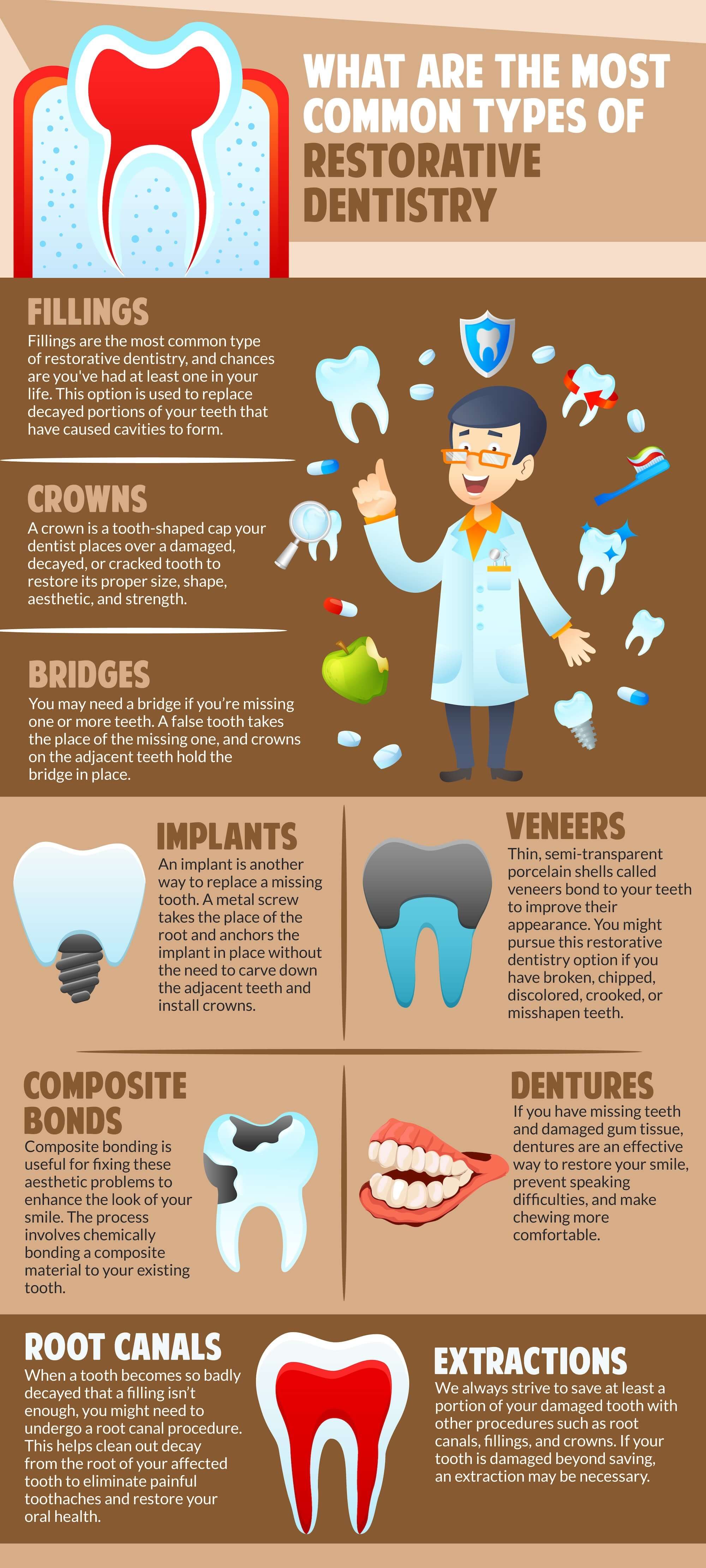
5. Dental Implants
A dental implant is one of the most advanced and permanent solutions for replacing missing teeth. Unlike traditional dentures or bridges, implants are permanently attached to the jawbone, providing a stable foundation for replacement teeth. The process involves placing a titanium post into the jawbone, which serves as a new tooth root. After the post integrates with the bone (a process known as osseointegration), a custom-made crown is placed on top.
Dental implants provide a more natural appearance, comfort, and function compared to dentures and bridges. They also help prevent bone loss, which can occur when teeth are missing for an extended period.
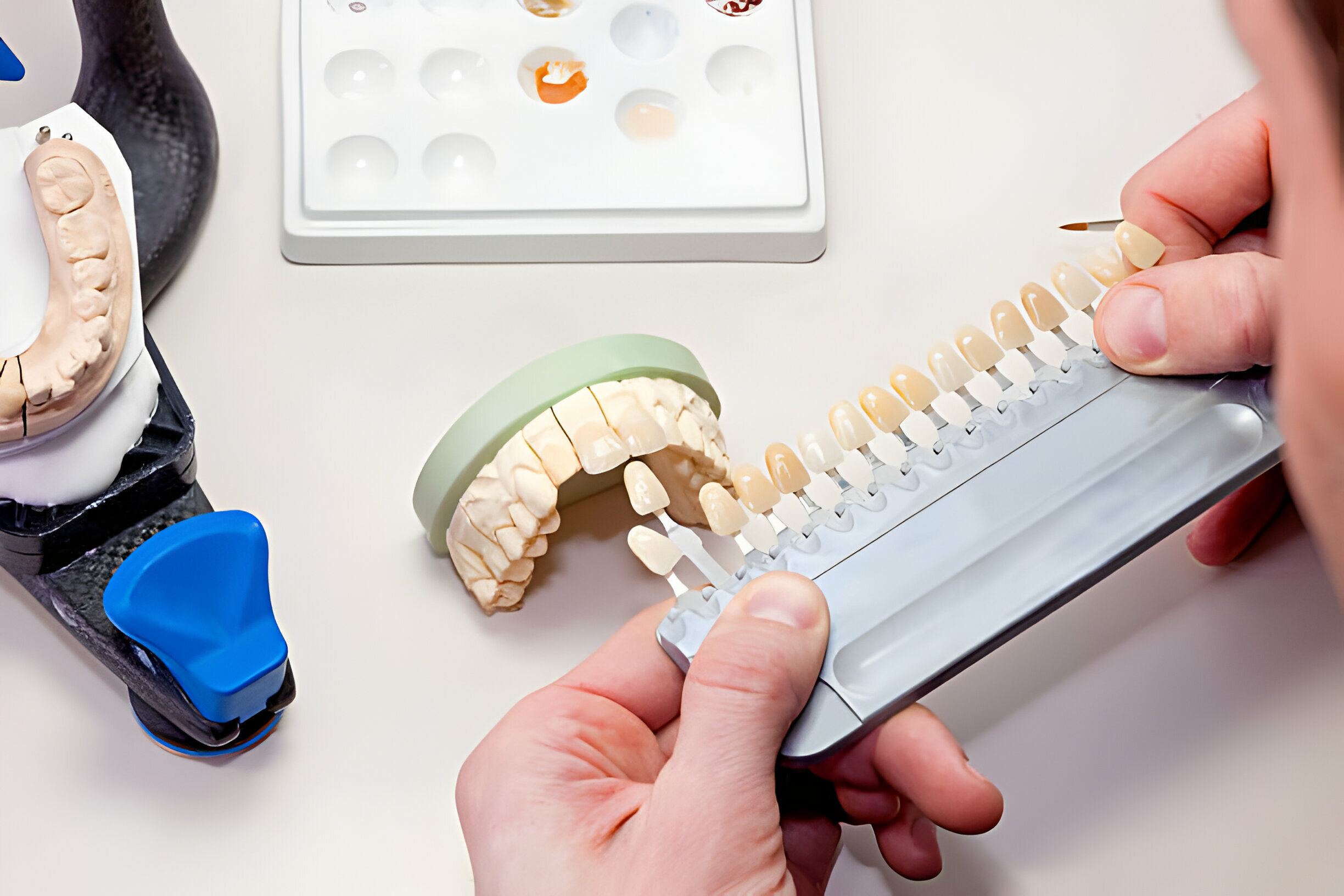
6. Root Canals
A root canal is a procedure used to save a severely infected or decayed tooth. If the inner pulp of the tooth becomes infected, it can cause pain, swelling, and damage. During a root canal, the dentist removes the infected pulp, cleans the root canals, and seals the tooth with a filling.
Root canals are often recommended for teeth that are too damaged to be treated with fillings but can still be preserved with proper care.
Why Choose Restorative Dentistry?
1. Restores Function
Restorative dentistry can restore your ability to chew, speak, and smile confidently. Missing or damaged teeth can significantly impact your daily life, making eating and speaking more difficult. Restorative procedures can provide solutions that make these tasks easier and more comfortable.
2. Enhances Aesthetics
A beautiful smile is an essential part of self-confidence. Restorative dentistry helps improve the appearance of your teeth, whether it’s filling cavities, replacing missing teeth, or enhancing the shape and color of your smile with crowns or veneers. These procedures help you regain a youthful, vibrant appearance that you can be proud of.
3. Long-Term Durability
Many restorative treatments, such as dental implants, crowns, and bridges, offer long-lasting results. Unlike temporary solutions like fillings, these treatments can provide permanent or long-term benefits with proper care, making them an excellent investment for your oral health.
4. Prevents Further Damage
Restorative treatments, such as fillings and crowns, help protect damaged or decayed teeth from worsening. By addressing these issues early, you can prevent the need for more extensive and costly treatments later on.
Frequently Asked Questions (FAQs)
Q1: How long do dental restorations last?
A1: The longevity of dental restorations depends on the type of treatment. Fillings can last anywhere from 5 to 15 years, while crowns and bridges can last 10-20 years or longer with proper care. Dental implants can last a lifetime, and dentures can last about 5-7 years before they need to be replaced.
Q2: Are dental implants painful?
A2: The procedure for dental implants is usually done under local anesthesia, so you shouldn’t feel pain during the surgery. Some discomfort and swelling are expected after the procedure, but these can be managed with pain relievers and will subside after a few days.
Q3: How do I take care of my restorative dental work?
A3: Good oral hygiene practices, such as brushing twice a day, flossing, and regular dental checkups, are essential for maintaining the longevity of your restorative dental work. Avoid chewing on hard foods that could damage crowns or implants.
Q4: Can I get restorative dentistry if I have gum disease?
A4: If you have gum disease, it’s essential to treat the condition before proceeding with restorative dental procedures. Gum disease can affect the success of implants, crowns, and other treatments. Your dentist will recommend a treatment plan that addresses gum disease before restoring your teeth.
Q5: How much does restorative dentistry cost?
A5: The cost of restorative dentistry varies depending on the type of treatment you need. Fillings are generally affordable, while more extensive procedures such as implants and crowns can be more expensive. Many dental offices offer financing options to help manage costs.
Conclusion
Restorative dentistry offers a wide range of solutions for repairing, replacing, and enhancing your teeth. From fillings to implants, these treatments are designed to restore the function and appearance of your smile. If you’re dealing with damaged or missing teeth, consult with your dentist to explore the best restorative options available to meet your needs. With the right treatment, you can regain your confidence, enjoy a beautiful smile, and improve your oral health for years to come.
For more information on restorative dentistry, visit Crown Dental Nashua or check out other informative resources like American Dental Association.

